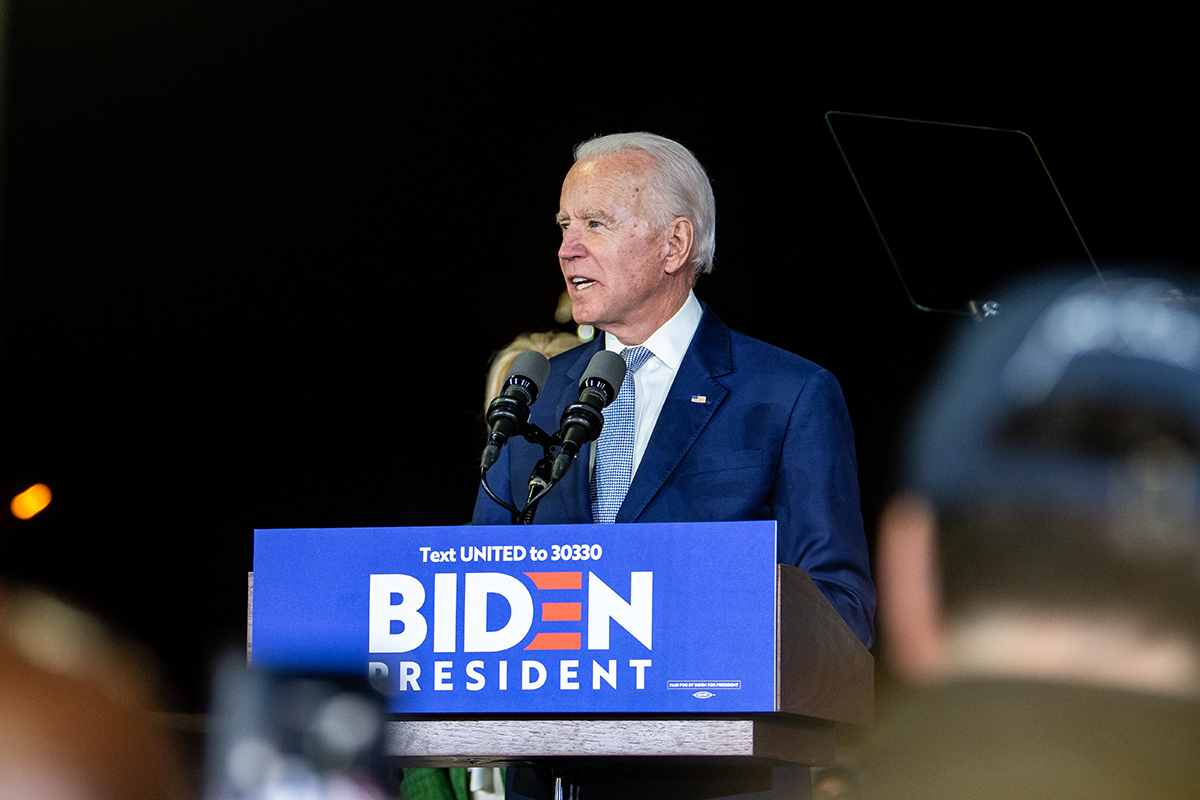Photo by Alex Driscoll/Daily Bruin staff
Content warning: transphobia
The ACLU is currently tracking 467 anti-LGBTQ bills among 45 state legislators at the time of publication.
On April 13, the U.S. Department of Education (referred to as The Department) published its proposed updates to Title IX regulations entitled “Nondiscrimination on the Basis of Sex in Education Programs or Activities Receiving Federal Financial Assistance: Sex-Related Eligibility Criteria for Male and Female Athletic Teams.”
The proposed update is as follows from the Federal Register: “The Department proposes adding to § 106.41(b) a standard that would govern a recipient’s [schools and other recipients of Federal financial assistance from the Department of Education] adoption or application of sex-related criteria that would limit or deny a student’s eligibility to participate on a male or female team consistent with their gender identity. Specifically, the Department proposes renumbering current § 106.41(b) as proposed § 106.41(b)(1) and adding a new paragraph as proposed § 106.41(b)(2) to state that any such criteria a recipient adopts or applies must, for each sport, level of competition, and grade or education level (i) be substantially related to the achievement of an important educational objective, and (ii) minimize harms to students whose opportunity to participate on a male or female team consistent with their gender identity would be limited or denied.”
In other words, schools funded by the federal government can still create and enforce rules that exclude transgender athletes as long as they fulfill an “important educational objective” and “minimize harms” to transgender students who would be excluded from participating.
Two weeks earlier — on International Transgender Day of Visibility (March 31, 2023) — the U.S. Department of Health and Human Services’ (HSS) Substance Abuse and Mental Health Services Administration (SAMHSA) released its report “Moving Beyond Change Efforts: Evidenced-Based Roadmap for Supporting and Affirmation LGBTQI+ Youth.” In its statement, the SAMHSA states that the report seeks to address the nationwide mental health crisis among LGBTQ+ youth as a result of “discrimination, rejection, and bullying” with research-based methods about how to support LGBTQ+ youth. The SAMHSA notes that “this crisis is most acute for transgender youth, whose mental health and wellbeing is put at risk by policies that seek to restrict their access to appropriate health care and inclusion at school.”
With its Title IX updates, The Department of Education says it “would be particularly difficult for a school to justify excluding students immediately following elementary school from participating [on teams] consistent with their gender identity” as teams with “younger students often focus on building teamwork, fitness, and basic skills.”
At the same time, the Department doesn’t uphold similar expectations for teams with older students: “For older students, especially at the high school and college level, the Department expects that sex-related criteria that limit participation of some transgender students may be permitted, in some cases, when they enable the school to achieve an important educational objective, such as fairness in competition, and meet the proposed regulation’s other requirements.” It also suggests that “a collegiate team may be primarily focused on competitive success.”
The guidelines essentialize differences between transgender athletes and their cisgender peers by justifying the exclusion of transgender athletes to ensure “competitive success” or the achievement of “educational objectives.” This suggests that trans athletes are a monolith who are innately and differently skilled compared to their cisgender peers because of their transness. Transness remains stigmatized and othered.
There is too much room for transgender athletes to be denied access to participate in sports under these guidelines. The phrase “educational objectives,” where the Department of Education cites “fairness” as an example, can be and is currently being weaponized to justify the exclusion of trans athletes. According to the ACLU, 211 of the 467 anti-LGBTQ bills are related to school and education, where “state lawmakers are trying to prevent trans students from participating in school activities like sports, force teachers to out students, and censor any in-school discussions of LGBTQ people and issues.” Twenty-one states currently have laws that explicitly ban transgender athletes from participating on teams consistent with their gender identity.
Minimizing harm toward trans students as the limiting portion of exclusionary criteria remains weak. The harm done by having one’s body become a legislative playground is already substantial. Even while the update claims to protect trans students from exclusion in school sports, it allow for legalization of their exclusion if a strong enough case is made. Harm could only be minimized by explicitly banning the exclusion of trans athletes without any room for justification under subjective “educational objectives.”
In the SAMHSA report, HSS Secretary Xavier Becerra highlighted that “The Biden-Harris Administration remains deeply committed to providing transgender people with the care and support they need.”
Not enough is being done.
The proposed update to Title IX regulations is open to public comment here until May 15, 2023, 11:59 PM EST.
Credits:
Author: Jericho Tran-Faypon (They/Them)
Copy Editors: Bellze (They/Xey), Bella (She/They)

